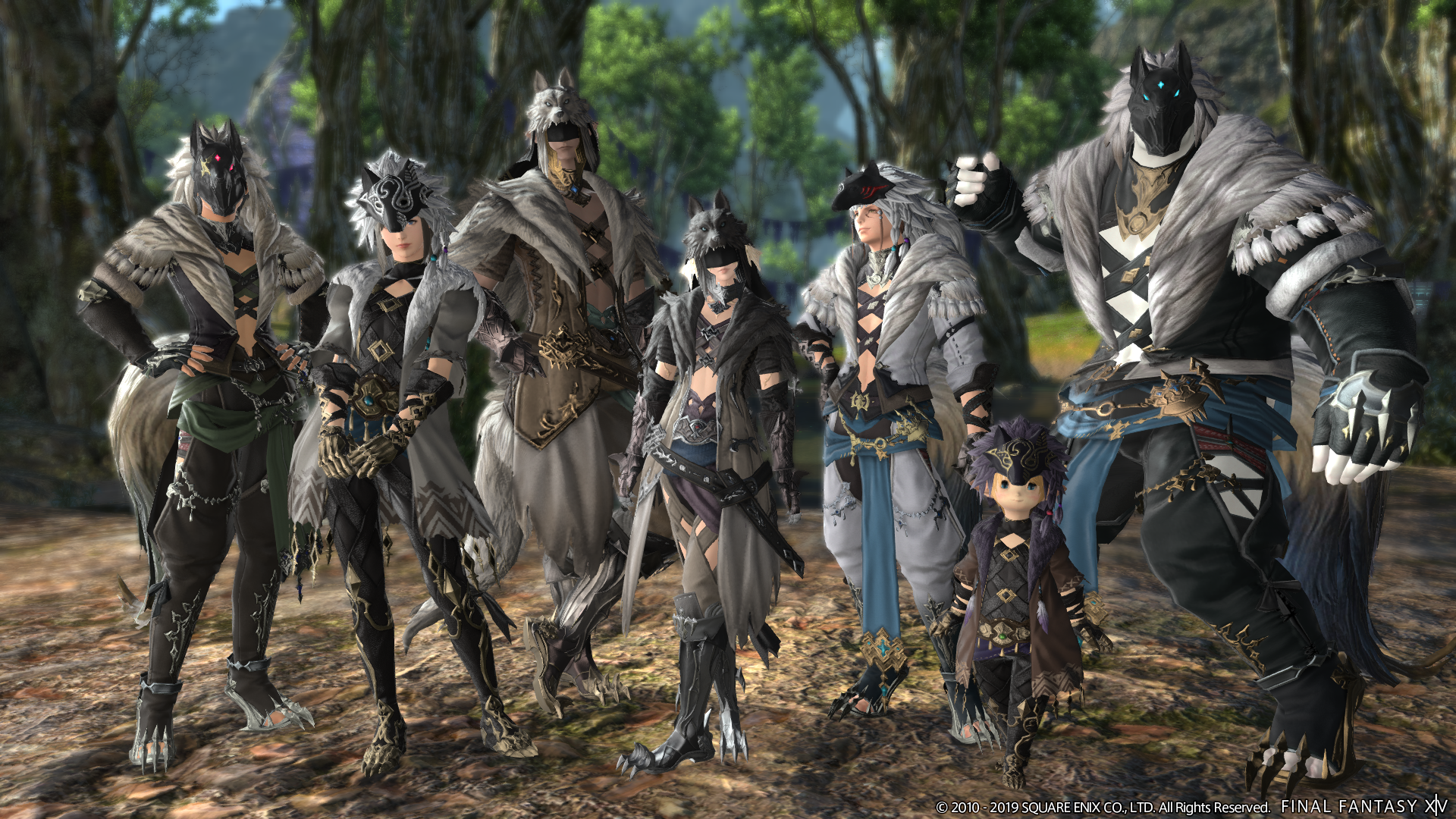When it comes to spending time with someone you care about (or might be getting to know), gaming together has increasingly become the activity of choice, especially during the past decade. I can personally attest to this in my own relationship, which started in 2009. Beginning a relationship with someone during the first real year of the economic recession, just as video games began to peak as a form of entertainment, became the ideal way to build a rapport with someone, most notably for those of us that the Pew Research Group has defined as Millennials.
Eschewing more expensive and less engaging hobbies, it would appear more couples nowadays have met through online gaming services than any other hobby I know of—my own relationship being no exception to this. I met my partner, James, through the GameFAQs message boards in 2009, and what started as a mutual enjoyment of the SRPG Valkyria Chronicles between two online friends eventually grew into something more.
[pullquote]"What started as a mutual enjoyment of the SRPG Valkyria Chronicles between two online friends eventually grew into something more."[/pullquote]
It wasn’t until we started gaming together in person that I learned James was colorblind—a handicap that often impedes his ability to enjoy our shared hobby. Further, it became apparent how little most game developers consider this when producing content for a myriad of games. Bonding with someone who has a visual impairment through interactive media is a very different experience than simply watching a movie or television with them, and the plethora of times I’ve found myself having to loan my eyes to him had me convinced that game developers should be more considerate of how this impacts people. Fortunately, we are starting to see things like “Colorblind Mode” appear as an adjustment for interfaces in games, though there is still quite a ways to go.
One of our earliest gaming experiences together was the day one purchase of a new, little hyped game that had released on my birthday that year in 2009, called Demon’s Souls. The Souls series would not skyrocket to popularity and mainstream audiences until 2011’s Dark Souls. Thus, the online community around the game was completely different—and much MUCH smaller. To this day, Demon’s Souls still has some of the series’ darkest and most haunting environments ever, and this could be quite the problem for someone visually impaired. I found myself having to frequently point out gargoyle ambushes in the second Tower of Latria Archstone, among other things, because of how well-obscured they were. I found my support returned in kind during one of the first times I was ever invaded in Boletaria Archstone 1-3.
[pullquote]"Serving as a set of eyes for a loved one was rather, ironically put, eye-opening."[/pullquote]
Conceptually speaking, Demon’s Souls invasions were not comprised of the fast, aggressive, meta-equipment play-style that the community had saturated online play with yet in later installments. It was an extremely new, strange concept to be able to force yourself into someone else’s world, and most players during this frame of time approached it very casually, albeit cautiously. The online experience had a distinct lack of established abusable strategies, and felt incredibly uncharted on either side of the invasion.
As such, I remember one time that I was playing with James when I was confidently carrying a very large volume of souls on my character, that I was not about to risk losing. James’ Phantom went off to go deal with the invader while I wore down a Blue Dragon with spells. Right as I finished off said dragon, the infamous “Phantom ___ has been vanquished” flashed across my screen. Hoping to deter the invader, and feeling like a deer in headlights, I equipped my Thief’s Ring (which renders you invisible to other players from a certain distance) and decided to wait and figure out what to do. It was then that I saw the comfortingly familiar blue summon sign on the ground a few steps away from my character. James had sprinted through his own Boletaria 1-3 after death, and had dropped his summon sign down where he’d knew I could easily reach it. I found this incredibly endearing, and something that you can only experience through this form of entertainment.
As we spent more time together, I realized his deuteranomaly (red-green colorblindness) was a significant hindrance when it came to specific activities in gaming. And serving as a set of eyes for a loved one was rather, ironically put, eye-opening. I found myself having to help him discern the rarity of loot colors in games like Diablo or Borderlands. With deuteranopia, oranges will appear as greens, and purple and blue can be indistinguishable. Games with color-based puzzles, like Dr. Robotnik's Mean Bean Machine, can be nearly unplayable to a certain extent because of the game’s reliance on colors. Even something as simple as the color of an Engram in Destiny 2 became an extra step while playing alongside him.
[pullquote]"These experiences have taught me a great deal about team work and communicating differently—something very important not only in a relationship with your significant other, but with how art interacts with those who have this handicap."[/pullquote]
Going even further, it serves as a greater hindrance in any online gaming activity that requires a group to complete. In MMORPGs, where players are notoriously judged by their peers for their performance, it can be a source of grief due to game design not differentiating colors enough. As both of us are Final Fantasy XIV players, I find myself having to call out mechanics in unique ways for him. The typical orange floor radius that’s splayed out is not always visible against certain backgrounds. In addition to this, many combat mechanics require you to respond to colored stimuli and move in accordance with learned patterns—but how can you learn these patterns without being able to distinguish between green and yellow? Specifically, in one of the high difficulty Extreme fights in Heavensward, Sephirot posed an added level of difficulty. In FFXIV, Players receive a debuff in either green or yellow—and have to stand in specified spots, then navigate further mechanics based on the color coding. Rather than labeling them by color, I would call them out for him by the design differences in each debuff.
These experiences have taught me a great deal about team work and communicating differently—something very important not only in a relationship with your significant other, but with how art interacts with those who have this handicap. Though it has helped us bond in a meaningful way, creators of interactive media should probably strive to take greater steps to make art more accessible to everyone, such as allowing players to customize color palettes for graphical combat indicators. Fortunately for me, James has a good sense of humor about his visual impairment, and has never been upset with me; on the flip side, I’ve had some fun with it, too.
James, when you read this, I’m sorry for all the times I’ve let your characters wear ridiculous color combinations in various games. Well, maybe I’m not, but I promise it was worth it!




